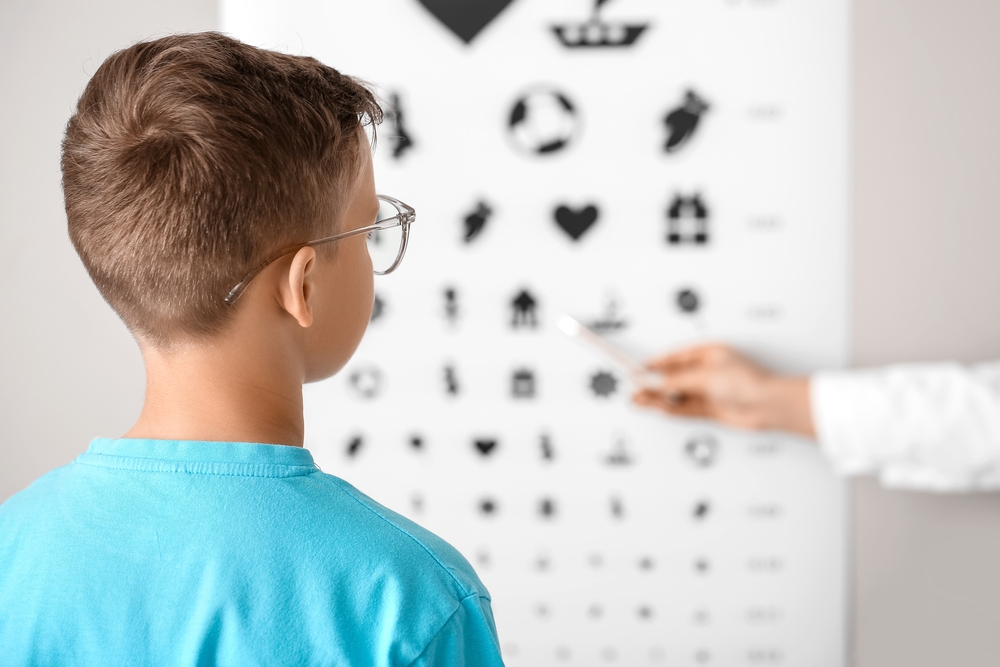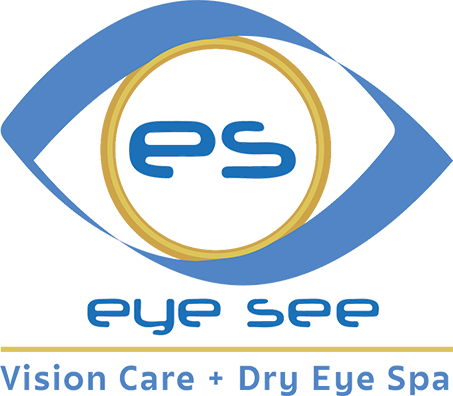
Myopia, commonly known as nearsightedness, is becoming increasingly common among children. As more time is spent on screens and less outdoors, this condition is appearing earlier in life and progressing more rapidly. The good news is early intervention with myopia can change the game for your child’s vision, academic success, and long-term eye health.
What Is Myopia?
Myopia is a refractive error that causes distant objects to appear blurry while close-up objects remain clear. It typically occurs when the eye grows too long from front to back, preventing light from focusing correctly on the retina. This condition usually begins in childhood and tends to progress into the teen years.
Clear vision plays a crucial role in a child’s ability to learn. Children with undiagnosed or uncorrected myopia may struggle to see the whiteboard, read from a distance, or participate fully in classroom activities. These challenges can lead to academic underperformance, frustration, and even behavioral issues.
Recognizing the Signs and Symptoms
Because children may not always express that they’re having trouble seeing, it’s important for parents to be aware of common signs of myopia, such as:
• Squinting to see distant objects
• Holding books or devices very close to the face
• Frequent headaches or eye strain
• Complaints of blurred distance vision
• Sitting close to the TV or board
Early Detection Is Key
Early and regular pediatric eye exams are essential in identifying myopia before it significantly affects your child’s vision or learning. These exams allow optometrists to detect early signs of myopia and monitor changes over time. Early detection opens the door to myopia management, rather than just vision correction.
Managing myopia early doesn’t just help your child see better - it can help protect their future vision. High levels of myopia are associated with an increased risk of serious eye conditions later in life, such as retinal detachment, glaucoma, cataracts, and macular degeneration. By slowing the progression of myopia, we reduce the risk of these complications and support lifelong eye health.
Effective Myopia Management Strategies
There are several proven methods for slowing the progression of myopia in children:
• Orthokeratology (Ortho-K): Specially designed rigid contact lenses worn overnight gently reshape the cornea, allowing for clear vision during the day without the need for glasses or contacts. Ortho-K is not only effective in correcting vision but has also been shown to slow myopia progression.
• Atropine Eye Drops: Low-dose atropine drops are used at bedtime to help slow the elongation of the eye, which is a key factor in myopia progression. These drops are safe, well-tolerated, and effective in many children.
• Multifocal Soft Contact Lenses: These specially designed contacts provide different zones of focus, which help reduce the eye’s stimulus to grow longer. Studies show they can significantly slow myopia progression while also providing clear vision.
Protect Your Child’s Vision at Eye See Optical
Myopia is a progressive condition that can impact your child’s quality of life now and in the future. The earlier we detect and begin managing myopia, the more we can do to preserve your child’s vision and reduce their risk of future eye disease.
Schedule your child’s comprehensive eye exam at Eye See Optical and learn how our myopia management solutions can support their vision and future success. Visit our office in Kensington, Maryland, or call (301) 881-6232 to book an appointment today.








